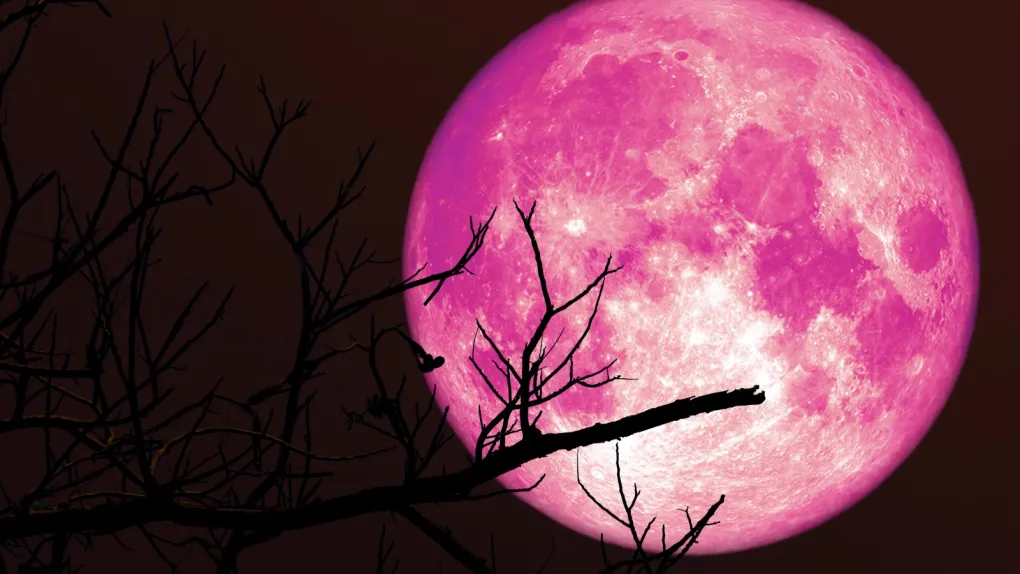
the staff of the Ridgewood blog
Ridgewood NJ, Skywatchers, get ready for a cosmic treat — June’s full moon, known as the “Strawberry Moon,” will light up the night sky on Tuesday, June 10, and into the early morning of Wednesday, June 11. Reaching peak fullness at 3:44 a.m. ET on June 11, this moon will be one of the lowest visible full moons in decades for the Northern Hemisphere, thanks to a rare celestial event known as a major lunar standstill.
When and Where to See the 2025 Strawberry Moon
-
Best time to view: After sunset on Tuesday evening (low in the east) and before sunrise on Wednesday morning (low in the west).
-
Peak fullness: 3:44 a.m. ET, Wednesday, June 11
-
Visibility: Especially dramatic due to its low position on the horizon
According to EarthSky, this moon will appear exceptionally low due to its alignment during the ongoing major lunar standstill, an astronomical phenomenon that only occurs every 18.6 years. This cycle affects how high or low the moon appears in the sky. Even though the standstill peaked in January, its effects are still influencing lunar views.
What Is a Major Lunar Standstill?
The major lunar standstill happens when the moon’s orbit reaches its northernmost or southernmost extreme due to gravitational pulls from the sun. From the Northern Hemisphere, this causes the moon to rise and set at its lowest points in the sky — a rare event last seen in 2006. From the Southern Hemisphere, the opposite occurs: the moon appears at its highest.
Why Is It Called the Strawberry Moon?
Despite the name, the Strawberry Moon doesn’t look like a berry. The term comes from Indigenous tribes in North America, who used it to mark the ripening of strawberries in June.
-
Anishinaabe & Sioux: Strawberry Moon
-
Creek: Blackberry Moon
-
Shawnee: Raspberry Moon
Bonus Skywatching Events in June
This full moon is extra special — it will appear near the center of the Milky Way galaxy, according to NASA. June marks the beginning of “Core Season,” when the bright center of the Milky Way is visible from Earth.
-
Look for: A faint, hazy band arcing in the southern sky
-
Best seen: Under dark skies, far from city lights
-
Enhance the view: Try long-exposure photography
Planets Visible in June 2025
-
Mars, Jupiter, and Mercury: Low in the western sky after sunset
-
Venus: Bright and visible in the eastern sky before sunrise
-
June 22: Look for the crescent moon and Venus close together at dawn
Upcoming Full Moons in 2025
Here are the remaining full moons for 2025, including three supermoons in the fall:
-
July 10 – Buck Moon
-
August 9 – Sturgeon Moon
-
September 7 – Corn Moon
-
October 6 – Super Harvest Moon
-
November 5 – Super Beaver Moon
-
December 4 – Super Cold Moon
Lunar & Solar Eclipses in 2025
-
September 7–8: Total Lunar Eclipse
Visible from Europe, Africa, Asia, Australia, Alaska, eastern South America, and Antarctica. The moon may appear reddish, often called a “Blood Moon.” -
September 21: Partial Solar Eclipse
Visible from parts of Australia, Antarctica, and the Pacific Ocean, where the moon will seem to take a bite out of the sun.
Don’t miss this celestial highlight — the 2025 Strawberry Moon is not only beautiful but astronomically rare. Get your cameras and telescopes ready, and enjoy the cosmic show!
